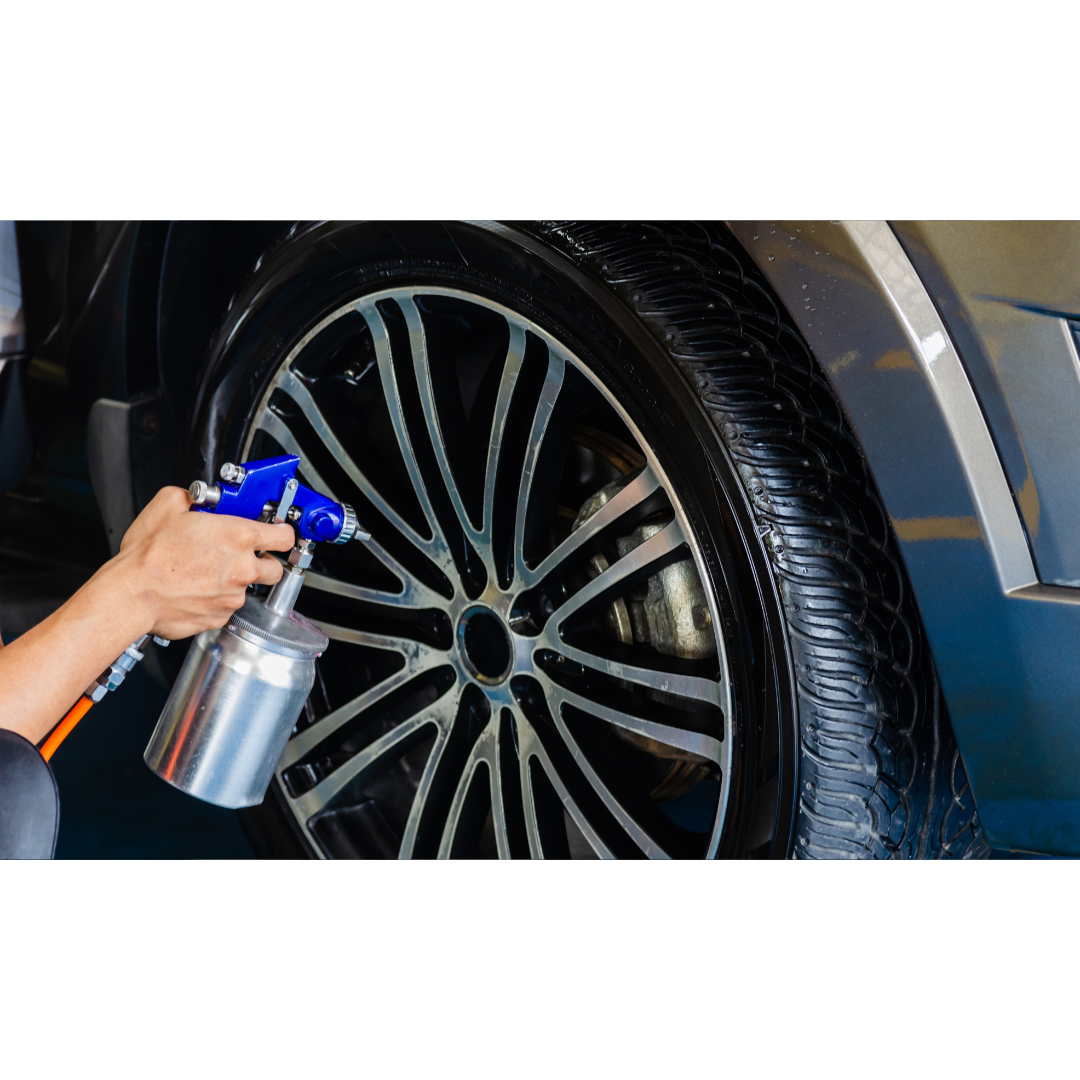Wheel & Caliper Protection: Ceramic Coating for Wheels Explained
When most drivers think about ceramic coating, they picture glossy paint protection for their car’s exterior. But did you know your wheels and calipers need just as much care—especially in Florida’s heat and coastal environment? Wheels take the brunt of dirt, brake dust, road grime, and salt. Without proper protection, they can quickly lose their shine and even corrode.
That’s where ceramic coating for wheels and calipers comes in. At Quality Auto Lab, we help drivers in Hallandale Beach protect every inch of their vehicles, and wheels are no exception. Let’s break down how ceramic coating works for your wheels and why it’s worth the investment.
Why Wheels & Calipers Need Extra Protection
Your wheels are some of the most exposed parts of your car. Between constant contact with road debris, heavy brake dust buildup, and moisture from Florida’s humidity, wheels wear down faster than most people realize.
Brake dust is highly corrosive and can permanently stain rims.
Road grime and sand scratch wheel surfaces over time.
Salt and humidity speed up oxidation and rust in coastal areas.
Even frequent washing won’t fully stop the damage. Without a protective layer, wheels are left vulnerable.
Related read: How to Remove Salt, Sand, and Road Grime After Coastal Drives
How Ceramic Coating for Wheels Works
A ceramic coating forms a durable, heat-resistant barrier over your wheels and calipers. This coating bonds at a molecular level, offering several benefits:
Repels brake dust and dirt – Makes cleaning far easier since grime won’t stick.
Protects against heat – Calipers and wheels reach high temperatures, but ceramic coatings are built to withstand them.
Shields from corrosion – Prevents moisture and salt from eating into the finish.
Enhances appearance – Keeps wheels glossy and sharp with less maintenance.
When paired with vehicle detailing, ceramic coating ensures your wheels look just as polished as your paintwork.
The Step-by-Step Process
Professional wheel and caliper coating requires careful preparation for best results:
Deep Cleaning – Wheels are thoroughly washed to remove all dirt, brake dust, and old residue.
Decontamination – Iron removers and clay bars eliminate hidden particles.
Polishing – Any scratches or dull spots are corrected for a smooth finish.
Ceramic Application – The coating is applied evenly across wheels and calipers.
Curing – The product bonds to the surface, creating long-lasting protection.
While DIY kits exist, precision and durability are best achieved by experienced professional auto detailers like Quality Auto Lab.
Learn more: Top Auto Detailing Mistakes That Could Ruin Your Car’s Paint
Why Florida Drivers Benefit Most
Florida roads bring unique challenges—sand, coastal salt, rain, and constant heat. Without protection, wheels dull quickly and calipers discolor from brake heat. A ceramic-coated wheel not only resists these conditions but also stays cleaner longer, meaning less frequent scrubbing for you.
Pairing wheel coating with window tinting and full auto detailing services gives your vehicle complete climate defense.
Related: Why Ceramic Coating is Essential for Coastal Vehicles in Florida
Final Thoughts
Your wheels deserve the same level of protection as the rest of your car. Ceramic coating for wheels and calipers makes maintenance easier, extends the life of your rims, and keeps your car looking sharp despite Florida’s tough conditions.
At Quality Auto Lab, we specialize in detailing automobile services that go beyond the basics. From ceramic coatings to seasonal vehicle detailing, we ensure your ride looks and performs its best all year long.
Ready to give your wheels the protection they deserve? Book your Ceramic Coating or Vehicle Detailing appointment today!


